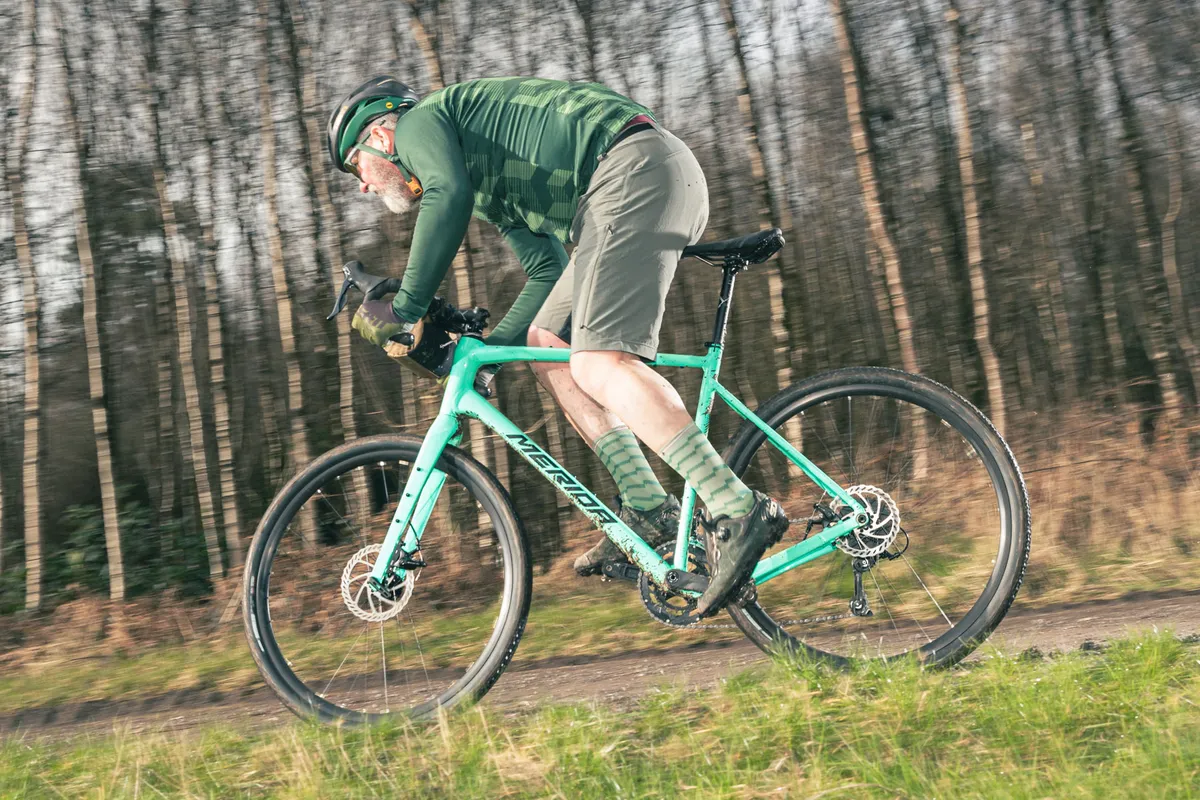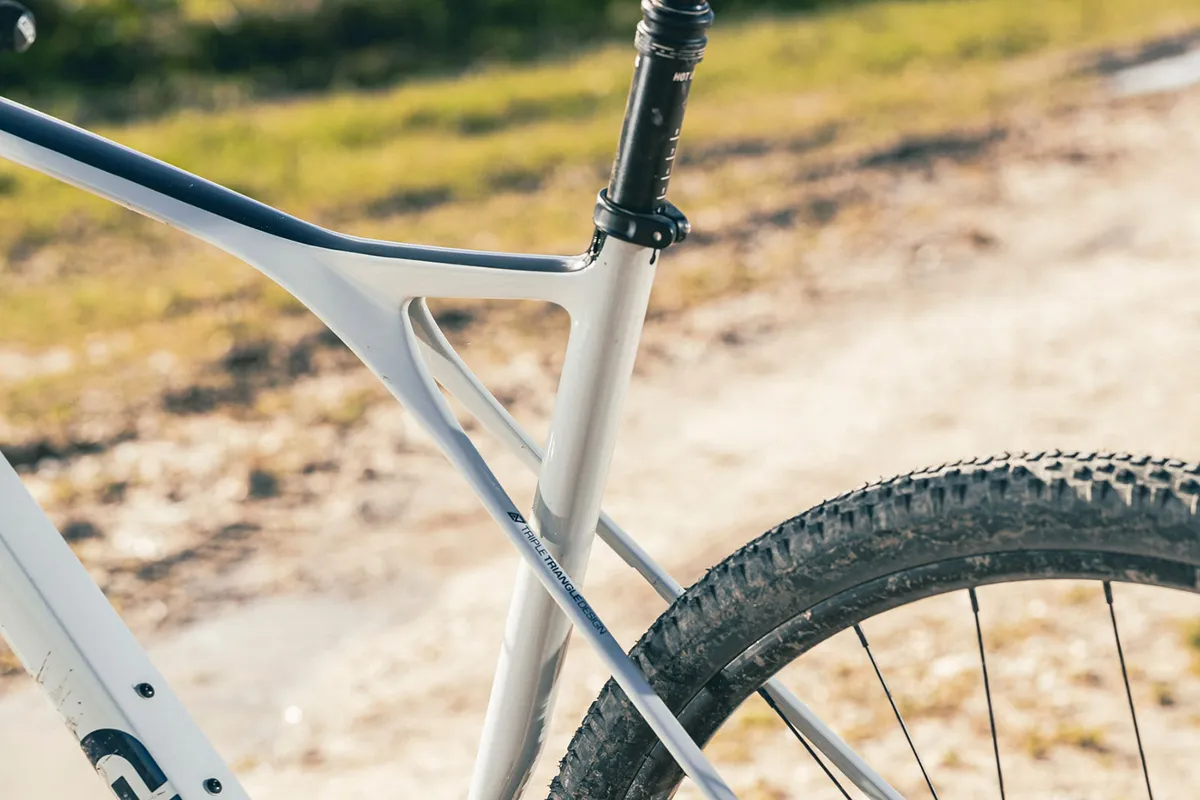In our Tech Q&A series, we tackle cycling queries – no matter how trivial – with insights from the BikeRadar team and some trusted industry experts. Next up, a reader wants to know if she'll regret getting a do-it-all gravel bike instead of a dedicated road bike?
“I’m thinking about getting a gravel bike as my do-it-all machine – something I can use for weekend adventures but also for faster road rides with friends. I only want one bike, though, so how much of a compromise would I be making in terms of speed and efficiency by sticking to a gravel bike for everything? Would I regret not going for a road bike?”
Ellie Grimsdale
This is a really interesting question, with options that could give you the best of both worlds, especially with the modern gravel bikes on offer today.
The main differences between road and gravel bikes are geometry, weight and tyre choice.
When we talk about geometry, what we mean is the way the frame is designed, in terms of measurements and angles.
Road bikes will have forks that hold the front hub closer to the frame (thanks to a steeper head tube angle), putting the rider further over the top of the wheel.

This is often described as an ‘aggressive’ riding position. It makes road bikes climb well and can improve aerodynamic efficiency, but can make descending less stable and comfortable. Overall, a road bike is designed for speed and efficiency on tarmac rather than on mixed terrain.
Unless the potholes are particularly bad, tarmac is generally smooth and, consequently, road bikes aren’t designed with lumps and bumps in mind. They’re strong, but not in the same way a bike designed to go over stones and roots will be.
Gravel bikes are generally made to be a bit more resilient, with a tougher frame and parts, and will often be a little heavier as a result – especially if they have some form of suspension to help smooth out those bumps.
However, the extra strength and engineering means you can load up your gravel bike with kit and escape to the countryside for bikepacking adventures, too.
Finally, road bikes have narrower tyres, which have a lower air volume and are designed to be run at higher pressures, for increased rolling speed on smooth surfaces.
Gravel bikes have bigger tyres – in terms of width, volume and tread – which can be run at lower pressures for improved grip and cushioning. Think of an F1 car tyre versus a tractor tyre – one is far more comfortable off-road.
With all that in mind, you could absolutely get a gravel bike and have it as your one-bike solution. You might lose a little speed on the road, but the extra comfort and versatility (not to mention tyre clearance, in a muddy UK winter) are big wins.

Consider buying a second set of tyres (or even a second wheelset) for your road riding.
Or, if your local gravel is more ‘gravel lite’ or you don’t fancy swapping tyres and/or wheels regularly, you could choose some fast-rolling slick or semi-slick gravel tyres, such as Panaracer GravelKings or Pirelli Cinturato Gravel Hs, to cover both scenarios.
Do you have a cycling question you want answered? Every month, we’ll select the most interesting questions and bring you an expert-level response from our unparalleled access to the greatest minds in cycling, both on the BikeRadar staff and across the industry. Send your questions to podcast@bikeradar.com



